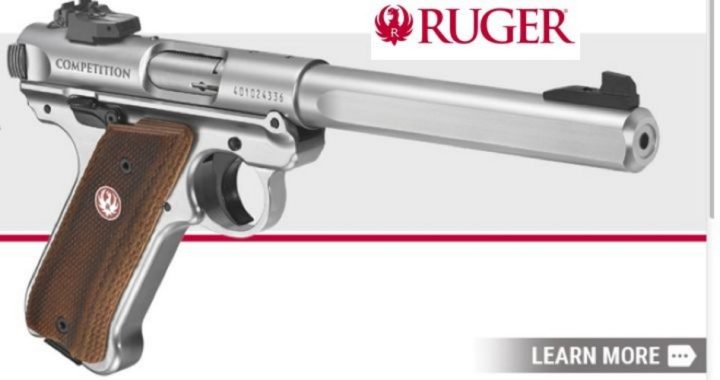
With a decline in the number background checks being performed, the fall in the stock prices of gun makers, the cutting back of workers in the gun industry, and the bankruptcy of a major sporting goods chain, some in the media are suggesting that the boom in the firearms sector is over.
On the surface the evidence is persuasive. Background checks of 2.23 million in February were down 14 percent from a year earlier, following declines of 20 percent in January and 17 percent in December. The stock price of American Outdoor Brands (formerly known as Smith & Wesson) is down 35 percent, while Vista Outdoor (which owns Savage Arms and ammunition makers CCI, Blazer, American Eagle, and Federal) are off by nearly half. Stocks of sporting goods chain Cabela’s is off 28 percent since the election, while Dick’s Sporting Goods is down 20 percent. On Friday Gander Mountain declared bankruptcy and shut down operations at 32 of its stores, while awaiting a potential buyer. On Monday Remington laid off more than 120 workers at its Ilion, New York, plant.
Vista Outdoor’s CEO Mark DeYoung was clear about the primary cause: Trump’s surprise victory in November:
Part of these negative trends can be directly tied to the outcome of the 2016 presidential election. We do believe that one of the key contributing factors is that people built up inventories in advance of the election in anticipation of a Democratic administration. When that didn’t happen, we know that many of our customers had inventory levels that were too high.
Sam Hoober, writing for the gun accessory maker Alien Gear Holsters, was equally clear:
President Obama was, in many respects, the best salesman the gun industry has ever had, as sales were very high during his tenure for precisely this reason, though such fears were, in the end, unfounded. The kind of panicked buying that Obama inspired is not likely to happen [again], so the gun industry may enter a cooling period.
As the firearms industry enters this “cooling” off period, there are increasing signs that normalization is being restored, only at a much higher level. For instance, the stock price of Sturm, Ruger, and Co. had dropped by 25 percent, but it has rebounded impressively in just the last couple of weeks, while analysts have just placed a “buy” on the stock of Dick’s Sporting Goods.
Although Remington cut its workforce in New York by 120, it still employs 960 people there. And its location, as much as the industry, may explain the downturn. Austrian sensor manufacturer AMS just cancelled plans to build a $2 billion plant in nearby Utica, with State Assemblyman Brian Miller saying, “It’s just a bad business climate in upstate New York.”
Background checks on Black Friday, the day after Thanksgiving and weeks after Trump’s election, set a new all-time record at 185,713, exceeding the record set a year earlier. And February’s background checks, although down from a year earlier, was still the third busiest February in the history of background checks being performed and one of the 15 busiest months ever.
President Trump is likely to play a significant part in the industry’s rebound. There’s a growing likelihood that the National Reciprocity bill will pass both houses of Congress in the next few months, allowing those with concealed carry permits in one state to carry concealed legally in every other state. The Senate bill has 31 sponsors while the House version has 150.
There’s the Hearing Protection Act, which is also gaining traction in Congress. It would remove the onerous restrictions on suppressors in the National Firearms Act and allow owners freedom to purchase them along with any other accessory.
And with new restrictions placed during the Obama administration on Social Security disabilities recipients being removed, and another bill to remove the same in place at the VA, more Americans will be free to purchase a firearm if they so desire.
The net upshot of all this is that as concealed carry becomes more like “commonplace carry,” more people will be likely to purchase sidearms for personal protection. Accordingly they will need holsters, grips, specially designed clothing, and training. As more and more women become owners, they will make special demands for types of firearms, colors, purses, and clothing. Gunsmiths will be kept very busy keeping up with increasing demands for modifications such as night sights, trigger work, and engraving.
Gun clubs are seeing increased membership and shooting ranges are enjoying more traffic than ever.
As the gun industry returns to normal, it is clear that the new normal will be at a much higher level than before.
An Ivy League graduate and former investment advisor, Bob is a regular contributor to The New American magazine and blogs frequently at LightFromTheRight.com, primarily on economics and politics. He can be reached at [email protected].



